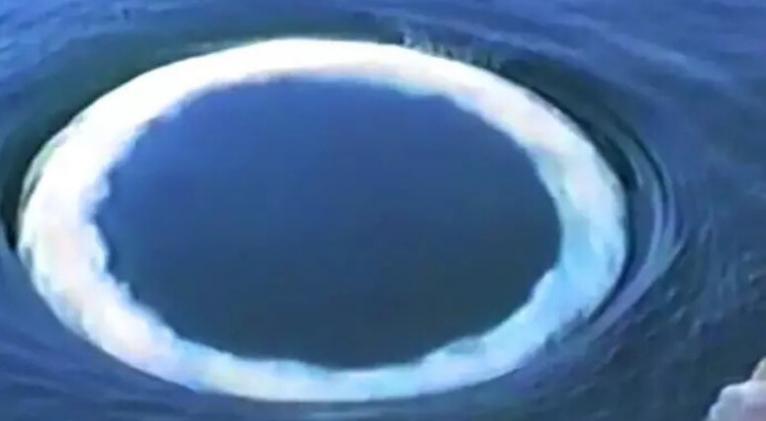
Humpback whales may be producing large bubble rings to communicate in a friendly manner with humans, according to a study of a dozen documented incidents in different parts of the world and analyzed by researchers from the SETI Institute and the University of California, Davis.
The findings, published in the journal Marine Mammal Science, could offer new insights into non-human intelligence and contribute to the search for possible signals from hypothetical extraterrestrial civilizations.
"Due to current technological limitations," explains Laurance Doyle of the SETI Institute, "an important premise for the search of extraterrestrial intelligence is that extraterrestrial intelligence and life are interested in establishing contact and therefore seek to interact with the humans who will receive the message." It is a possibility that finds a curious analogy in the behavior of humpback whales.
These large cetaceans are already known for their ability to produce bubbles, which, however, can have different meaning depending on the context in which they are used: in some cases, they are used to group prey during hunting; in others, to win the competition for a female.
On this occasion, the researchers wanted to study the production of large bubble rings in 12 different episodes (for a total of 39 bubble rings generated by 11 different humpback whales), documented with photos taken by divers, boats, airplanes, and drones.
Of the 12 reported incidents, 10 were recorded near a vessel or human swimmers, while six incidents involved more than one humpback whale, the researchers report.
No evidence of competitive or aggressive behavior toward other humpback whales, vessels, or swimmers was observed.
Far from showing signs of avoidance toward humans, eight of the nine humpback whales approached them spontaneously, displaying playful and friendly behavior.
Therefore, intentionally blowing bubble rings could be another sign of voluntary interaction. (Text and Photo: Cubasí)